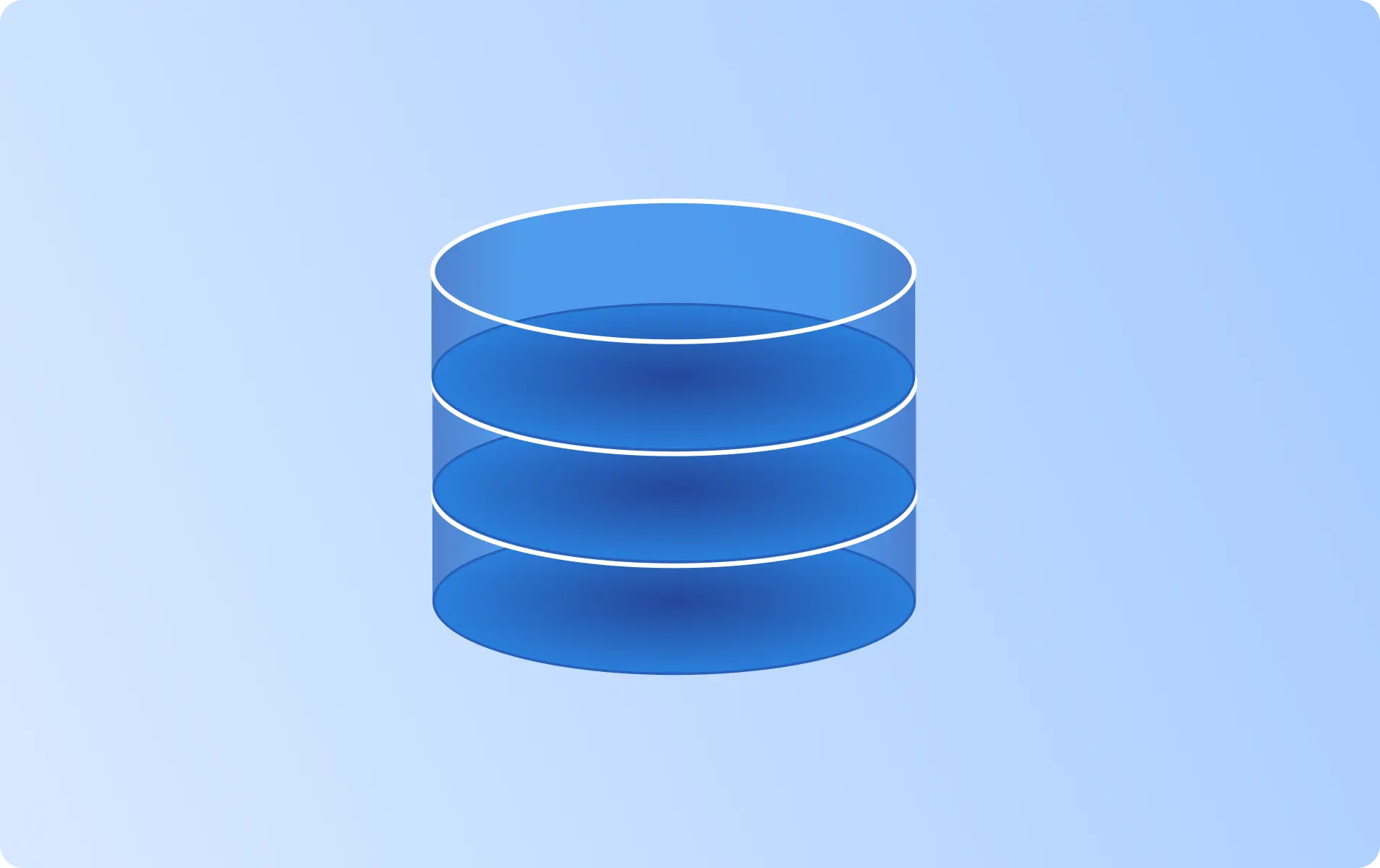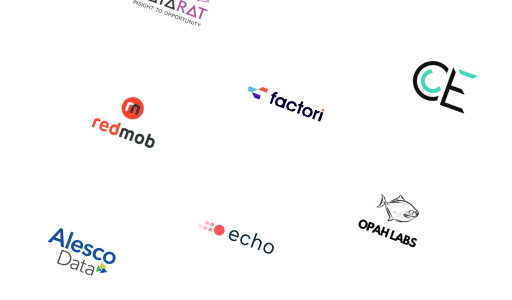Natural Language Processing (NLP) Data: Definiton, Examples & Datasets

- Overview
- Datasets
- Providers
- Use Cases
- Attributes
- FAQ
- Overview
- Datasets
- Providers
- Use Cases
- Attributes
- FAQ
What is Natural Language Processing (NLP) Data?
NLP data refers to any form of textual information that is used for training or evaluating natural language processing models. It includes text documents, speech transcripts, social media posts, customer reviews, and more. NLP data is processed and analyzed using machine learning algorithms to understand and extract meaning from human language, enabling tasks like sentiment analysis, language translation, chatbots, and text summarization.
Examples of Natural Language Processing (NLP) data include text documents, social media posts, customer reviews, chat logs, and news articles. NLP data is used for tasks such as sentiment analysis, language translation, text classification, named entity recognition, and speech recognition. In this page, you’ll find the best data sources for NLP data.
Best Natural Language Processing (NLP) Databases & Datasets
Here is our curated selection of top Natural Language Processing (NLP) Data sources. We focus on key factors such as data reliability, accuracy, and flexibility to meet diverse use-case requirements. These datasets are provided by trusted providers known for delivering high-quality, up-to-date information.

Portuguese Language Datasets | 300K Translations | Natural Language Processing (NLP) Data | Dictionary Display | Translation | EU & LATAM Coverage

Audio Annotation Services | AI-assisted Labeling |Speech Data | AI Training Data | Natural Language Processing (NLP) Data

British English Language Datasets | 150+ Years of Research | Natural Language Processing (NLP) Data | LLMs | TTS | Dictionary Display | EU Coverage

Native & Accented English Speech Data |40,000 Hours | Audio Data|Speech Recognition Data| Natural Language Processing (NLP) Data

Machine Learning (ML) Data | 800M+ B2B Profiles | AI-Ready for Deep Learning (DL), NLP & LLM Training

Global English Speech with Accent Conversational Dataset — Multi-Region Validated Speech with Gender, Age & Metadata for AI & NLP Training

LATAM Data Suite | 1.8M+ Sentences | Natural Language Processing (NLP) Data | TTS | Dictionary Display | Translation Data | LATAM Coverage

Foundation Model Data Collection and Data Annotation | Large Language Model(LLM) Data | SFT Data| Red Teaming Services

Nordic B2B Profiles Data | B2B Marketing Data | 10M Verified Leads for Norway, Sweden & Finland (100+ Attributes)

Location Intelligence Data Suite | Comprehensive view of where and how active businesses operate | Global
Can't find the data you're looking for?
Let data providers come to you by posting your request
/postings/new?utm_content=search_results_page&utm_medium=platform&utm_source=datarade
Top Natural Language Processing (NLP) Data Providers & Companies
Popular Use Cases for Natural Language Processing (NLP) Data
Natural Language Processing (NLP) Data is essential for a wide range of business applications, offering valuable insights and driving opportunities across industries. Below, we have highlighted the most significant use cases for Natural Language Processing (NLP) Data.
Main Attributes of Natural Language Processing (NLP) Data
Below, we outline the most popular attributes associated with this type of data—features that data buyers are actively seeking to meet their needs.
| Attribute | Type | Description | Action |
|---|---|---|---|
| String | The name of a language as per ISO 639. | View 3 datasets | |
| String | The industry classification of a company. | View 1 datasets | |
| String | The name of a company or business, might be the legal or brand name. | View 1 datasets | |
| String | The name of a country. | View 1 datasets | |
| String | The International Securities Identification Number (ISIN). | View 1 datasets | |
| String | The category of a product. | View 1 datasets |
Frequently Asked Questions
How is the Quality of Natural Language Processing (NLP) Data Maintained?
The quality of Natural Language Processing (NLP) Data is ensured through rigorous validation processes, such as cross-referencing with reliable sources, monitoring accuracy rates, and filtering out inconsistencies. High-quality datasets often report match rates, regular updates, and adherence to industry standards.
How Frequently is Natural Language Processing (NLP) Data Updated?
The update frequency for Natural Language Processing (NLP) Data varies by provider and dataset. Some datasets are refreshed daily or weekly, while others update less frequently. When evaluating options, ensure you select a dataset with a frequency that suits your specific use case.
Is Natural Language Processing (NLP) Data Secure?
The security of Natural Language Processing (NLP) Data is prioritized through compliance with industry standards, including encryption, anonymization, and secure delivery methods like SFTP and APIs. At Datarade, we enforce strict policies, requiring all our providers to adhere to regulations such as GDPR, CCPA, and other relevant data protection standards.
How is Natural Language Processing (NLP) Data Delivered?
Natural Language Processing (NLP) Data can be delivered in formats such as CSV, JSON, XML, or via APIs, enabling seamless integration into your systems. Delivery frequencies range from real-time updates to scheduled intervals (daily, weekly, monthly, or on-demand). Choose datasets that align with your preferred delivery method and system compatibility for Natural Language Processing (NLP) Data.
How Much Does Natural Language Processing (NLP) Data Cost?
The cost of Natural Language Processing (NLP) Data depends on factors like the datasets size, scope, update frequency, and customization level. Pricing models may include one-off purchases, monthly or yearly subscriptions, or usage-based fees. Many providers offer free samples, allowing you to evaluate the suitability of Natural Language Processing (NLP) Data for your needs.
What Are Similar Data Types to Natural Language Processing (NLP) Data?
Natural Language Processing (NLP) Data is similar to other data types, such as Translation Data and Transcription Data. These related categories are often used together for applications like Deep Learning and Data Science.







